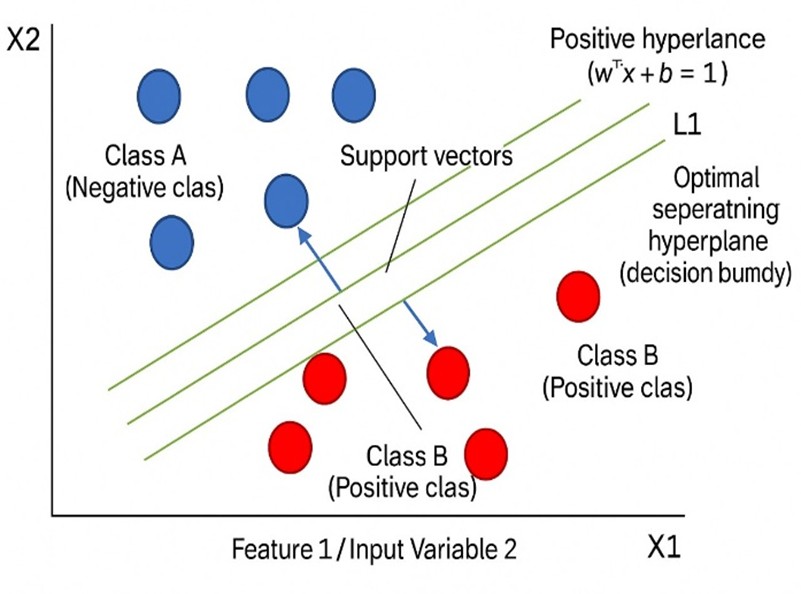Research Article | Open Access
|
Open Access
|


 | Published online: 10 June 2025
Security System Using Face Recognition: Machine Learning Based Approach
| Published online: 10 June 2025
Security System Using Face Recognition: Machine Learning Based Approach
Satish Asane, Sushilkumar S. Salve,* Athrav Potdar, Abhishek Wagh and Mukesh Nilwarn
Department of Electronics and Telecommunications Engineering, Sinhgad Institute of Technology, Lonavala, 410401, Maharashtra, India
*Email: sushil.472@gmail.com
J. Inf. Commun. Technol. Algorithms Syst. Appl., 2025, 1(1), 25304 https://doi.org/10.64189/ict.25304
Received: 03 May 2025; Revised: 27 May 2025; Accepted: 07 June 2025.
Abstract
The rising occurrences of illegal entry and security breaches have made guaranteeing safety inside residential societies a key worry in the contemporary day. Often lacking in consistent and tamperproof access control are traditional security solutions like manual guarding, RFID cards, or keypad locks. These traditional approaches are vulnerable to human error, duplication, and illegal use, hence stressing the critical need for a more smart and automated solution. Recent studies in the area of machine learning and computer vision have produced encouraging findings in facial recognition technologies. Many current methods, meanwhile, are costly, lack real-time processing, or need highend computing equipment. Research suggests building a Society Security System Using Face Recognition Technique and Machine Learning to solve these issues, with the goal of producing a lowcost, efficient, and frictionless access control system. Reducing dependence on manual monitoring, research intends to develop a scalable and efficient solution for community- level security systems that offers a more safe and automated access control system. Using a facial recognition model coupled with Support Vector Machine (SVM) classification, the proposed security system accurately identifies authorised faces. Testing on a dataset of authorised and unauthorized individuals revealed an overall accuracy of 95%. The model showed good real-time performance, fast response time, and resilience to changing lighting conditions and facial emotions. Attempts at unauthorized access were efficiently spotted and denied, hence guaranteeing improved security. The time delay between the Email notification is 3-4 sec and false acceptance rate is 3-5% it depends on threshold. The face detection time is 3-4 sec but it mainly gets affected by the network conditions. Servo operation time is 5 sec.
Graphical Abstract
Novelty statement
Using a facial recognition model coupled with Support Vector Machine (SVM) classification, the proposed security system accurately identifies authorised faces.






